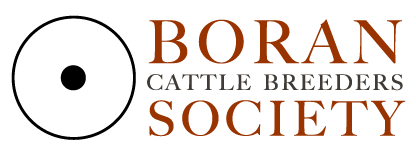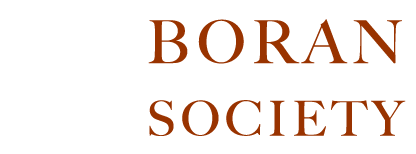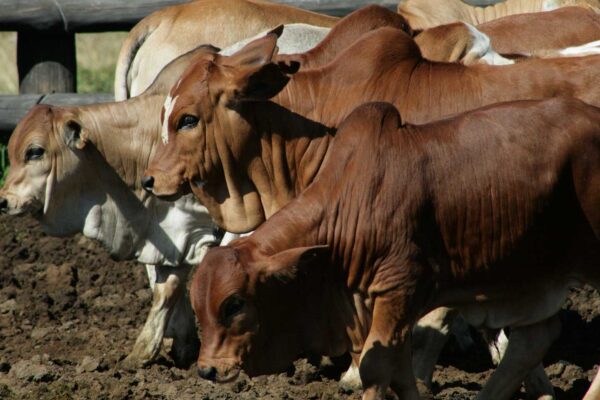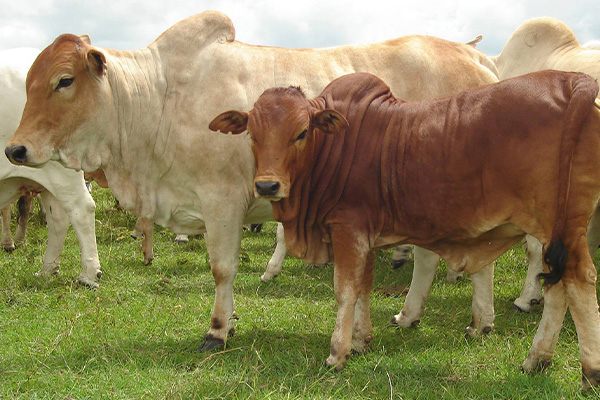Embryo
Comments from the Zimbabwe veterinary team: –
“We were very impressed with the quarantine facilities and the cattle. The results were well above those obtained by previous similar projects on Borans. The handling facility and laboratory were perfectly adequate and we are confident that the facility would be approved internationally”
PO Box 2644, Brits 0250, Natal, RSA.
QUOTES:
A few things I can say are, hopefully you’ll get the Boran renowned worldwide, as that’s where I think it should be and be marketed!”
I think temperament is a great asset for the Boran relative to other Zebu animals! Temperament is excellent.
Short hair coat: Very high number of pores per sq. inch for evaporation and help in adaptation to heat. Secretion slightly waxy and biting insects do not like to bite through that.
Glossy hair coat for reflection of light. Good pigment for resisting UV. Very strong, thick skin – helps prevent biting insects. Very motile skin, strong and motile subcutaneous muscle for motility of skin for shaking off biting insects.
Eyebrow hairs for protection against sunlight, moths that lay eggs/transmit bacteria, sand that blows into the eyes and cause irritation. Big eyebanks for protection from sunlight and dirt.
Very strong preputial muscles to pick up sheath. Preputial opening is also closed strongly by a good sphincter muscle. Preputial opening is also picked up and tucked in behind front portion of abdominal fold for even more protection against thorns leading to prolapses.
Embryo transfer and Semen extraction
The Boran cow is a prolific producer of super ovulated embryos.
A large flushing programme was set up in 1992 to export Boran embryos to Zimbabwe. The Zimbabwean veterinary team designed a quarantine area and facility on Ol Pejeta Ranch in Laikipia District, central to most Boran breeders. The quarantine area complied fully with Australian protocol and was large enough to handle 150 head.
Ninety-five cows and eleven bulls; all registered Borans, were selected by the Zimbabweans from five studs. These were flushed once with the following results: –
COWS FLUSHED – 95
EMBRYOS RECOVERED – 825
VIABLE EMBRYOS FROZEN – 589
EMBRYOS FROZEN / FLUSH – 6.2
Ninety five percent of the cows were successfully flushed, with the top cow yielding twenty five embryos from a single flush: twenty three were suitable for freezing, resulting in twelve calves – an impressive record, indeed!
All the embryos were implanted in recipient cows in Zimbabwe. 221 calves were weaned, i.e. 2.45 calves weaned per cow flushed – an excellent result in view of the cows’ poor condition on arrival at the quarantine facility during the drought of July 1992.
In 1994, Kenya exported Boran embryos to South Africa for the first time; the year 2000 saw a second exportation. When the donor cattle entered the Ol Pejeta quarantine facility in September 2000, Kenya was once again suffering from drought, this time the worst in a hundred years. The cows and bulls responded immediately to the feeding programme and after only one month achieved good flushing condition. From two flushings, a month apart, thirty cows produced 365 viable embryos, making an average of 6.2 viable embryos per cow, per flush.
In conclusion, the Boran cow has proved to be a prolific embryo producer, and the quarantine area at Ol Pejeta an excellent facility for export of Boran embryos to the whole world.
Embryo Transfer and Semen Extraction – I.L.R.I. Data
Embryo Tranfer In Borans
By Dr. David Kennedy, Vet Surgeon & Embryologist, I.L.R.I., e-mail d.kennedy@cgiar.org
The International Livestock research institute, based in Africa, has been helping to reduce poverty, hunger and environmental degradation through global livestock research and training for 27 years. The products of this research enhance the productivity and sustainability of agricultural systems in the developing world.
Multiple Ovulation and Embryo Transfer (MOET) technology has been extensively used at I.L.R.I. to provide cattle of defined phenotypes for experimental purposes. Calves generated by embryo transfer include:
- Large full sibling families to support research into genetic disease resistance.
- Identical twins generated by embryo splitting.
- Chimeric twins
ILRI has access to a herd of 1000 Boran cows which are available as embryo recipients with a pregnancy rate of over 70%. These embryos include split embryos and frozen embryos. The Boran cow is an excellent embryo recipient .
She calves easily; the average birth weight of the Holstein and Brown Swiss calves born from Boran recipients is 40kg. Out of 103 Brown Swiss and 101 Holsteins born from Boran recipients, only two caesarians were required. The average birth weight of a Boran calf is around 25 kg.
She is an excellent mother, producing ample milk for a Holstein calf and twins of smaller breeds from very rough grazing.
She is extremely docile, allowing all interventions necessary for a successful embryo transfer programme with even temperament.




